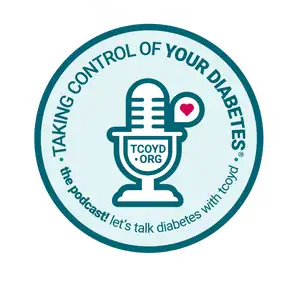Evaluating Diabetes Technology: The Pros & Cons of Different Devices, with David Ahn, MD
Download MP3Evaluating Diabetes Technology: The Pros & Cons of Different Devices – Featuring David Ahn, MD Endocrinologist; Chief of Diabetes Services, Hoag
TAKING CONTROL OF YOUR DIABETES® - THE PODCAST! ...With Expert Endocrinologists Living with T1D, Drs. Steven V. Edelman & Jeremy Pettus
We are discussing the most popular CGM and insulin delivery systems that have changed the diabetes world. Our special guest David Ahn, MD, Endocrinologist and chief of Diabetes Services, Hoag shares his insights on diabetes technology and its future.
In this episode, we will talk about:
- Who is David Ahn?
- The importance of CGM technology in the modern world
- CGMs covered in this episode: Dexcom G7, Libre 2, Libre 2 PLUS and Libre 3, Eversense
- Hybrid closed-loop systems overview & automated insulin delivery systems (AID): Control-IQ and Mobi, Omnipod 5, Medtronic 780G, iLet Bionic Pancreas
- How CGMs influence basal insulin rate
- How the algorithms with in automated insulin delivery systems
- Steve’s experience with Medtronic 780G
Follow our guest David Ahn on Instagram: https://www.instagram.com/ahncall/
Connect with Our Supporting Diabetes Companies:
Dexcom: https://www.dexcom.com/
Medtronic: https://www.medtronic.com/us-en/patients/treatments-therapies/diabetes.html
**Tune in for 2 new episodes each month! Like what you hear and want to help us grow? Please rate and review this podcast so we can reach more people living with diabetes!**
★ Support this podcast ★
Medtronic: https://www.medtronic.com/us-en/patients/treatments-therapies/diabetes.html
**Tune in for 2 new episodes each month! Like what you hear and want to help us grow? Please rate and review this podcast so we can reach more people living with diabetes!**

